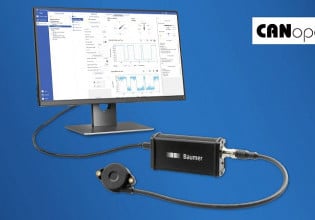A
Hello,
We recently had one of our 6.6kV Tornado GTGs (gas turbine generator) couplings shear between the turbine and the alternator. I was wondering if anyone else had any experience with this. Initial investigation is suggesting wear-and-tear on the coupling. One of the things I noticed was that the speed and frequency increased after the shearing. And, the incomer breaker did not trip. There is not a lot of information regarding this. however, I wanted to hear other people's stories regarding similar incidents, and where they would advise me to look. The investigation is still in its early stages.
We recently had one of our 6.6kV Tornado GTGs (gas turbine generator) couplings shear between the turbine and the alternator. I was wondering if anyone else had any experience with this. Initial investigation is suggesting wear-and-tear on the coupling. One of the things I noticed was that the speed and frequency increased after the shearing. And, the incomer breaker did not trip. There is not a lot of information regarding this. however, I wanted to hear other people's stories regarding similar incidents, and where they would advise me to look. The investigation is still in its early stages.






